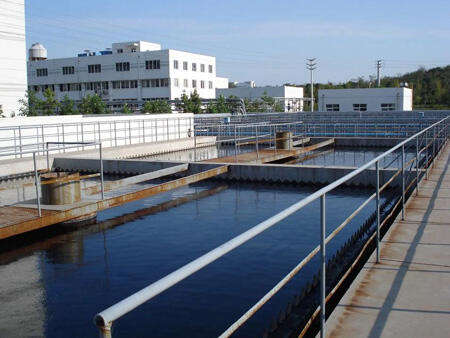
Pharmaceutical wastewater mainly includes four categories: antibiotic production wastewater, synthetic drug production wastewater, Chinese patent medicine production wastewater, and washing water and flushing wastewater in the production process of various preparations. The wastewater is characterized by complex components, high organic content, high toxicity, deep color and high salt content, especially poor biochemical properties, and intermittent discharge, which is difficult to treat industrial wastewater.
With the development of my country’s pharmaceutical industry, pharmaceutical wastewater has gradually become one of the important sources of pollution. How to deal with this type of wastewater is a difficult problem in environmental protection today.
1. High load: COD of pharmaceutical wastewater mainly comes from reactants, solvents, products, and by-products. The COD value is generally in the tens of thousands to hundreds of thousands, and the B/C ratio is <0.1. The biochemical property is poor, and it is difficult to carry out conventional biochemical treatment.
2. High toxicity: The pollutant factors of pharmaceutical wastewater include antibiotics, DMF, THF, acetone, chloroform, and benzene, which inhibit the activity of microorganisms.
3. High salinity: The source of wastewater is raw materials, by-products of synthesis reactions, etc. Cl-, SO42- content >20000 ppm; belong to mixed salt. High salinity will dehydrate, inactivate or even kill microbial cells; exceed the limit of conventional biochemical treatment; increase the density of wastewater and accelerate sludge floating; corrode equipment
4. Complexity: Due to the particularity of the pharmaceutical industry, different production products will lead to great changes in the quality of wastewater.
Fill out the form below, and we will be in touch shortly.